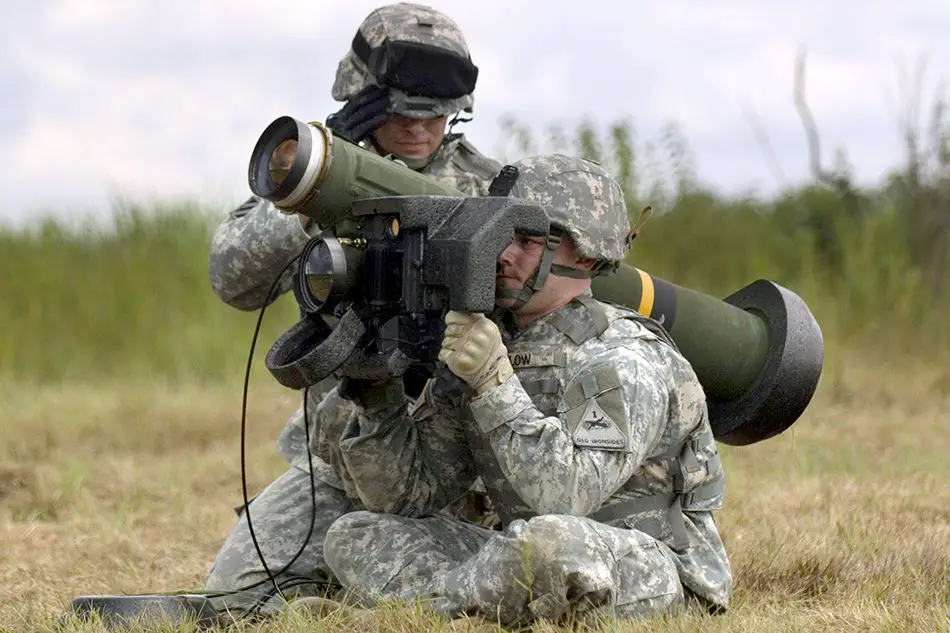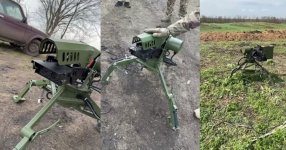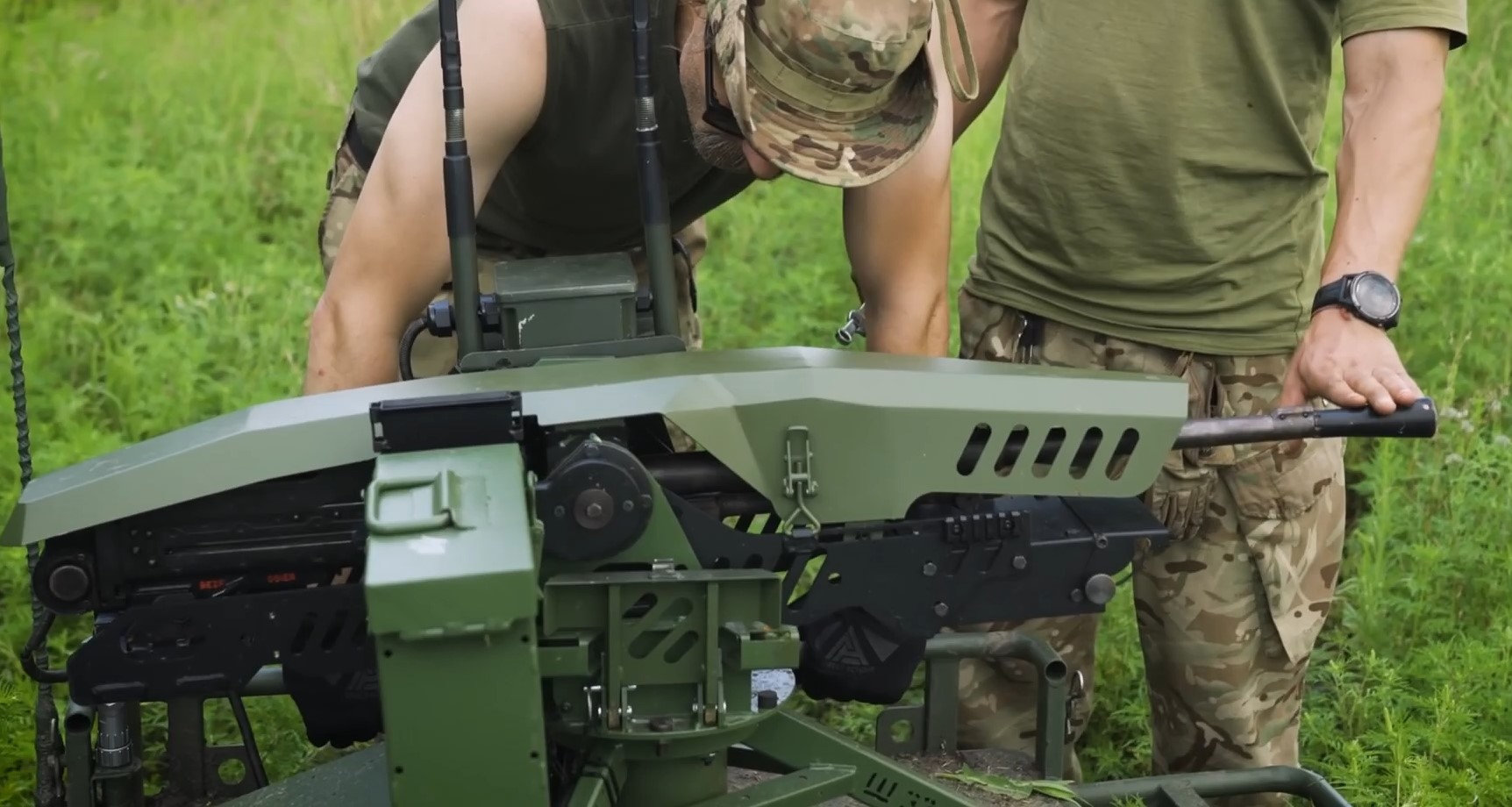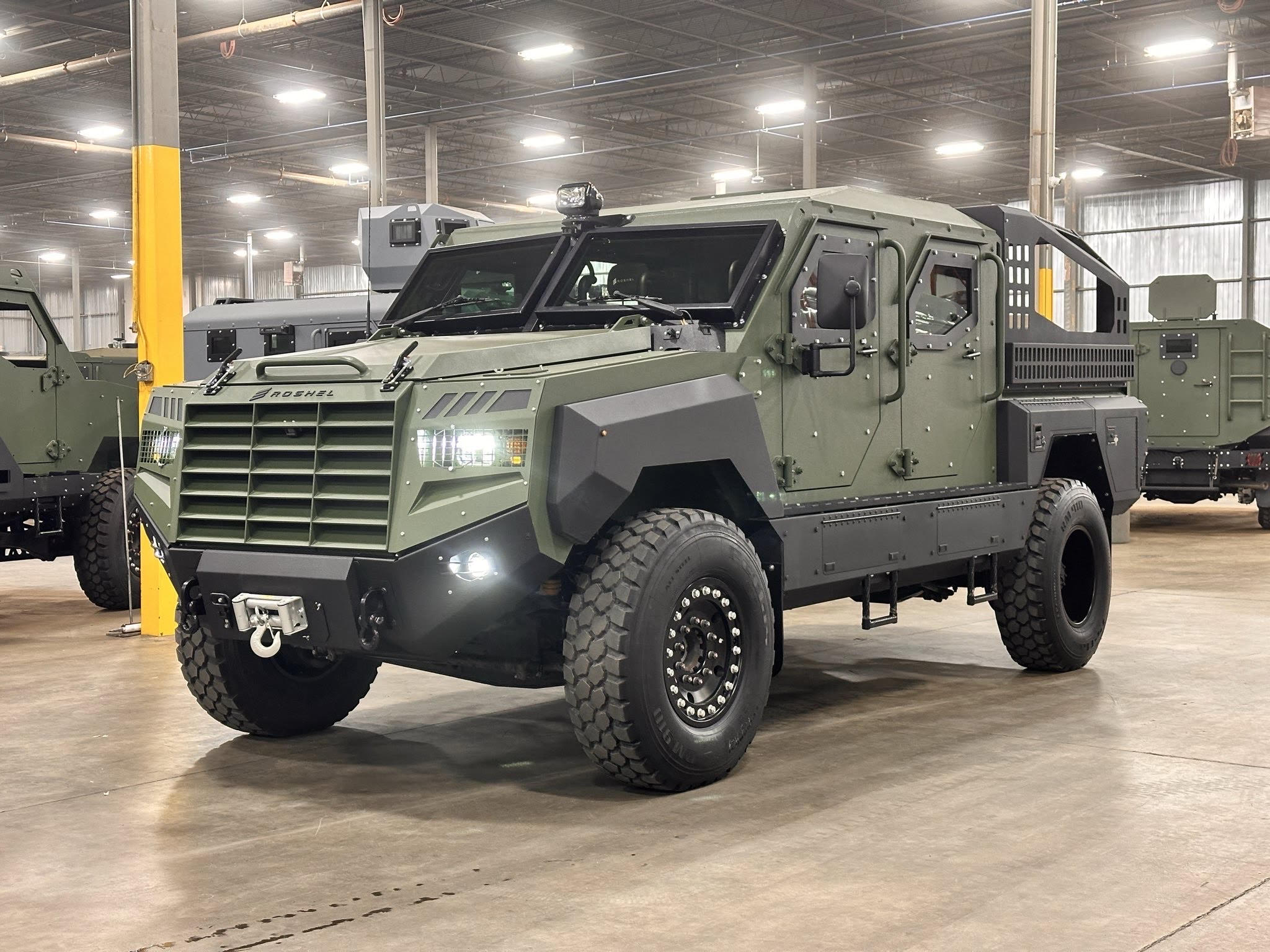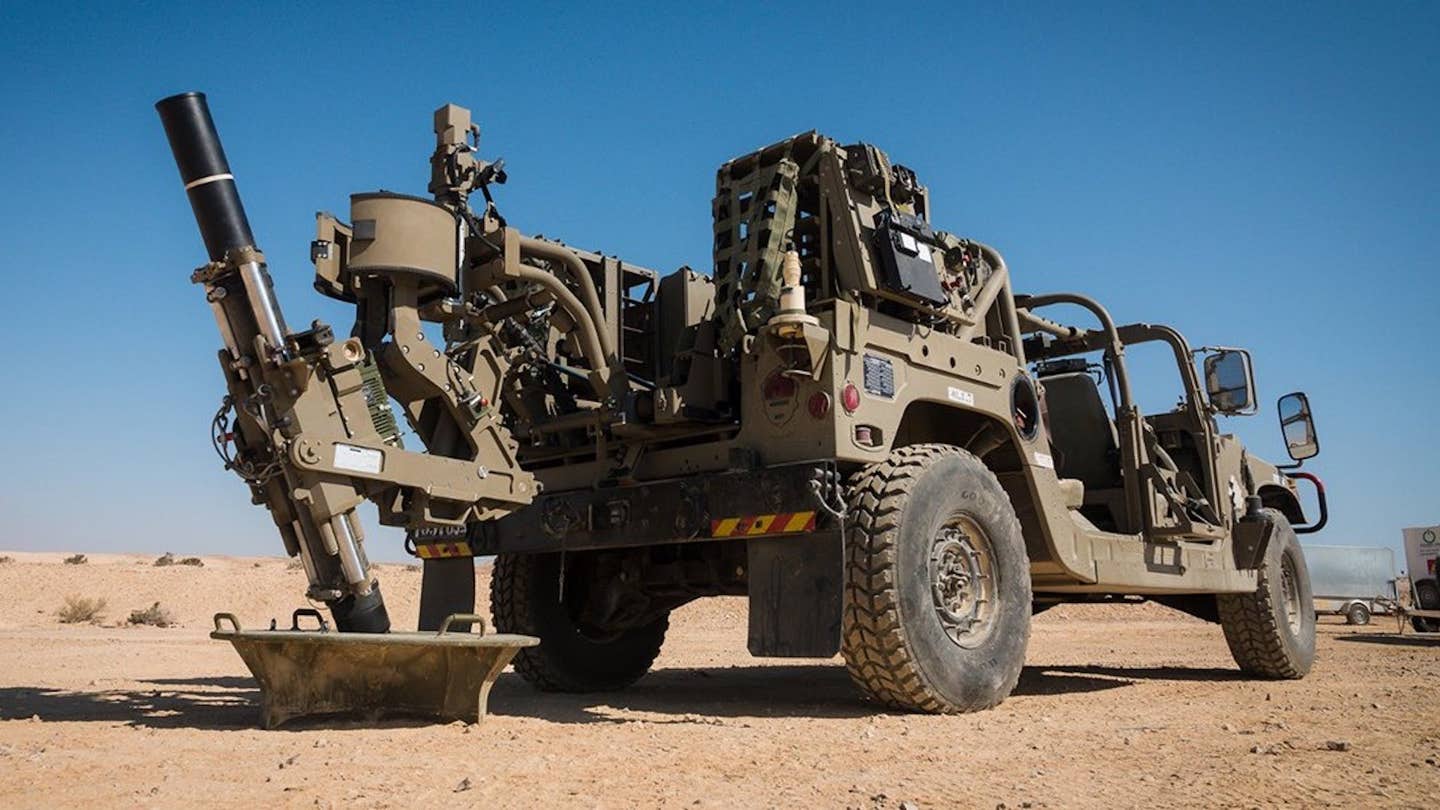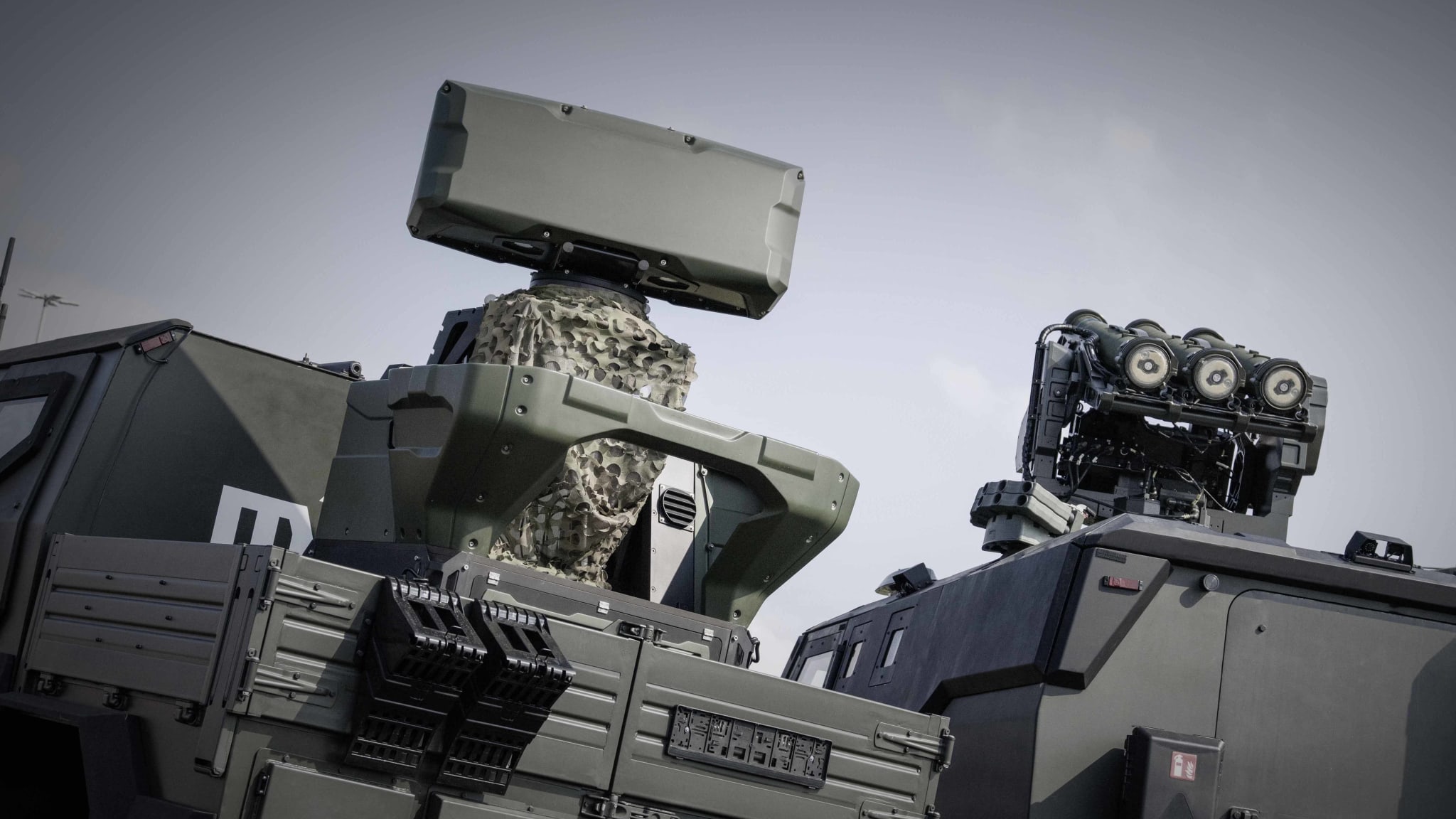This is where I have a problem with each and every one of your arguments on this topic.
No one here disputes the need for a properly equipped light force.
The question isn't: how many MrZRs can you buy for the price of a Bradley?" The question is: "how many MAZRs AND Bradleys do you need to build a properly balanced force?"

The question then becomes: how many Bradleys are you willing to sacrifice for a larger quantity of MRZRs (or other similar but lesser pieces of kit)?
Is a pair of Bradley Battalions more useful than a single Bradley Battalion and a light Brigade? And under what circumstances?
My contention is that I would rather have a variety of tools to hand rather than having one exquisite.
...
Everyone seems to think that I argue the binary - either/or. Far from it. I argue a spectrum - a little of this and a lot of that, or perhaps something less of the other. When I put something up for discussion I am trying to find out what it would add, if anything.
I am not inclined to swap 60mm mortars for 40mm AGLs. My question is how many 60mm mortars AND 40 mm AGLs can I afford. When do the 60 mm and 40 mm units overlap by doing the same job and when do they complement each other and do things the other can't.
So, with LUVs, when are they adequate replacements for a LAV and when is the LAV the only solution. Equally when can the LUV do things that the LAVs can't.
I know I don't want to be charging trenches in a LUV. On the other hand do I need to tie up a LAV to cover a trench line I expect to occupy for months? Can I get the LAV to the trench in the first place? Am I going to be there before the enemy gets there so that I can dig in? Or am I going to have to fight my way on to the objective?
I agree with this
The question is: "how many MAZRs AND Bradleys do you need to build a properly balanced force?"
But, from my perspective, to answer that question you need to be aware of the limitations of an unbalanced force. How much can be accomplished with MRZRs and what can't be done? Likewise for the LAVs and Bradleys.
....
When asked to evaluate a system I don't evaluate it against a specific task. I evaluate the array of possibilities the system offers and find out if the specific task falls with that envelope, that array. That allows me to figure out what I do next with the kit at hand when the plan falls apart and the situation changes but the intent remains the same.


